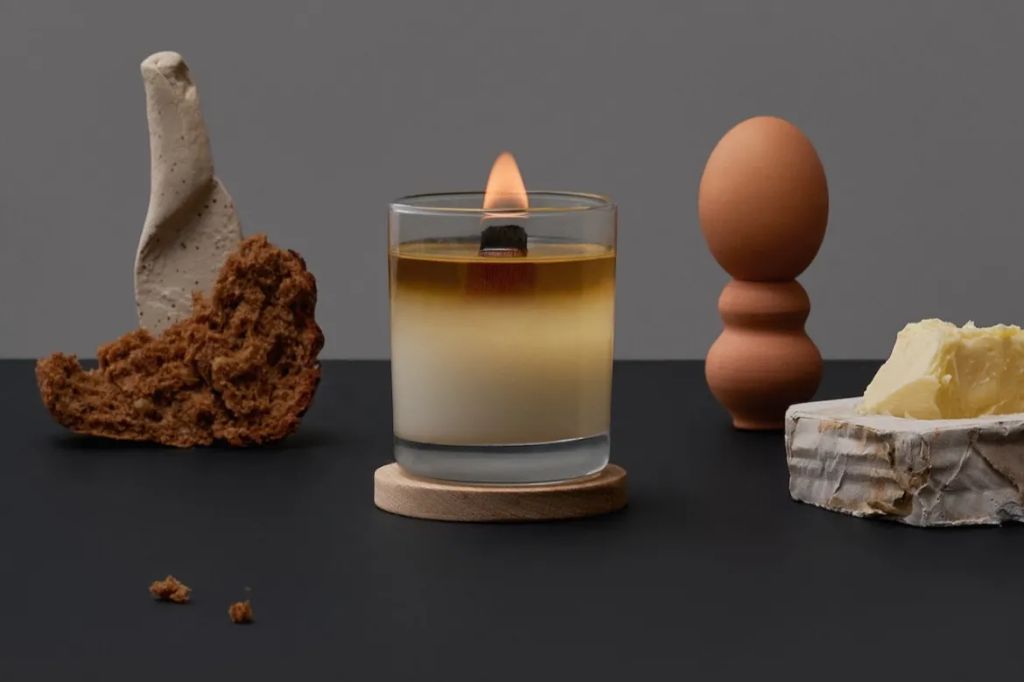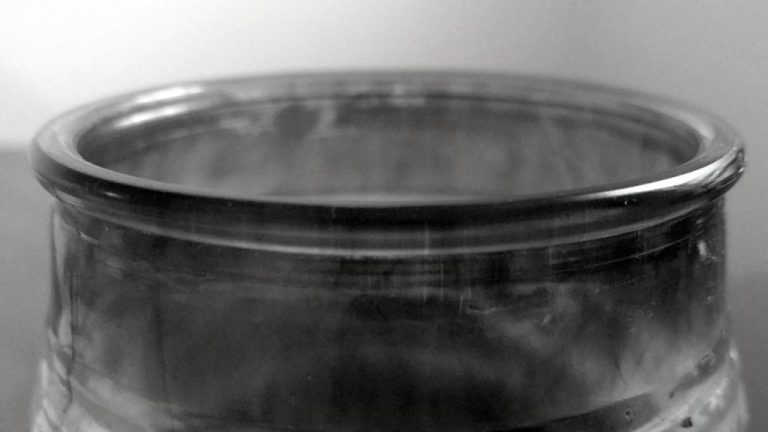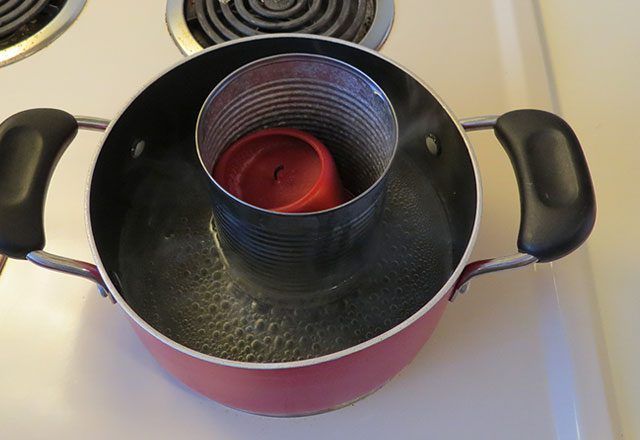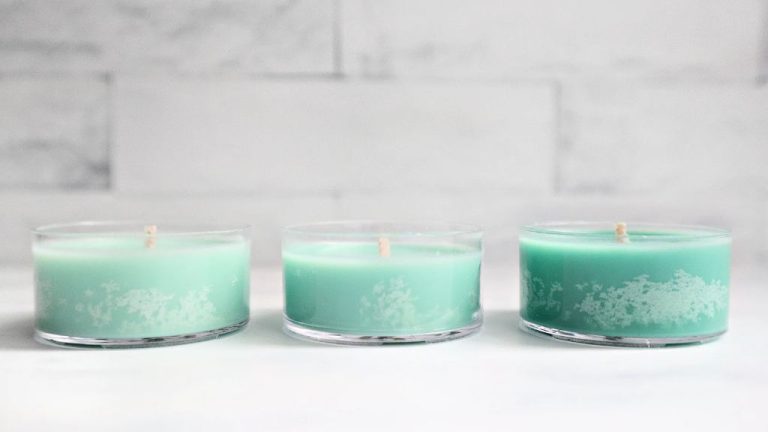Do Candles Run Out Of Wax?
Candles are a common household item used for lighting, decoration, and ambiance. They are made primarily of wax with an embedded wick that, when lit, provides illumination through a controlled flame. The wax around the wick melts into a liquid as it burns, fueling the flame as the candle is used. This brings up an interesting question – do candles eventually run out of wax?
This article will examine how candles work, the factors that determine burn time, and whether it’s possible for a candle to fully exhaust its wax supply. Our goal is to provide a detailed explanation to help readers understand if and when candles may run out of wax.
What Are Candles Made Of?
Candles consist of three main components: wax, wicks, and additives like dyes and scents. The wax is what provides fuel for the candle flame. Historically, candle wax was made from animal fats like beeswax or tallow, but today most candles use paraffin wax, a byproduct of oil refining (Candle – Wikipedia). Some natural waxes like soy wax and beeswax are also used. The wick’s purpose is to both absorb and deliver wax to the candle’s flame. Most candle wicks today are made of braided cotton. Dyes and scents are added to candles to produce different colors and fragrances.
Wax makes up the bulk of a candle’s structure. Its purpose is to melt and vaporize near the wick, providing the fuel for the candle flame. Hard waxes like paraffin and beeswax hold their shape as they melt. The melted wax creates a liquid wax pool around the wick as the candle burns. Softer waxes like soy wax and gel wax can bend or distort as they melt while still providing fuel. Wicks are typically made from braided strands of cotton that have been treated to tightly twist fibers together. This allows the wick to bend as it burns without breaking. Wicks soak up liquid wax through capillary action and deliver it to the flame. Most candle wicks contain a small core of paper or metal to help stiffen them. Dyes tint the wax different colors, and scents like essential oils provide pleasing aromas as the candle burns, creating desired ambiance.
How Do Candles Burn?
The candle burning process relies on a simple mechanism. As the candle flame burns, it melts the solid wax above it. This turns the wax into a liquid that gets absorbed into the wick. The wick acts like a straw, drawing the liquid wax up to the flame through capillary action. Capillary action occurs when a liquid flows through a narrow space, defying gravity. The closer the fibers in the wick are together, the higher the liquid wax will climb.
Once the liquid wax reaches the flame, it vaporizes and ignites. The heat of the flame continues to melt more solid wax, starting the cycle over again. It is the wax vapor that sustains the flame, not the wick itself. The wax vapor burns readily when it meets the flame. As the wax vaporizes, the remaining wax travels up the wick continuously to keep the candle burning.
The wax vaporization and capillary action processes continue as long as there is solid wax for the flame to melt. This enables the candle to burn until all the wax is used up.[1] The key components that allow this to happen are the wick, wax, and flame. [2] With the right balance of these elements, a candle can provide steady illumination.

Factors That Impact Burn Time
There are several key factors that determine how long a candle will burn before running out of wax:
Size
Larger candles generally have longer burn times than smaller candles since they contain more wax. For example, according to Slatkin & Co., a standard votive candle may burn for 8-20 hours while a 3-wick pillar candle can burn for up to 150 hours (source).
Wax Type
The type of wax impacts burn time. Beeswax and soy wax have a lower melting point so they burn faster, while paraffin wax has a higher melting point resulting in slower burning and longer burn times (source).
Wick Type and Size
Larger wicks and braided wicks tend to burn faster and consume more wax. Smaller wicks in thinner candles help conserve wax and extend burn time.
Room Temperature
Warmer environments can accelerate melting and lead to faster wax consumption. Cooler temperatures result in slower burning. Keeping candles away from heat vents or direct sunlight can help maximize burn time.
When Does a Candle Run Out of Wax?
A candle runs out of wax when the flame reaches the bottom of the candle or can no longer draw up wax via the wick (Smith, 2022). This happens because as the candle burns, the heat from the flame melts the solid wax into a liquid state. The melted wax is then drawn up the wick via capillary action. As more wax melts, the wick moves lower and lower in the candle. Eventually, the flame reaches the bottom of the candle jar and can no longer access any more solid wax to melt. At this point, the flame sputters and goes out as it has no more fuel (wax) to burn. Some signs that a candle is running out of wax include the flame getting lower in the jar, excess smoke, and irregular flickering as the wick struggles to draw up wax. Allowing the candle to burn all the way down is the most effective way to fully utilize all the wax, but poses some safety hazards that need to be considered.
Maximizing Candle Burn Time
There are several tricks you can use to make your candles last longer and burn more evenly from top to bottom:
Trimming the wick is one of the most important steps. The wick should be trimmed to 1⁄4 inch before lighting the candle for the first time, and trimmed again to 1⁄4 inch each time before relighting. This helps control the flame size and prevent excess smoking and uneven burning (Source: https://www.marthastewart.com/2138430/how-to-make-candles-last-longer).
Double wicking candles with two wicks spaced far apart can help the wax pool melt more evenly. The separate wicks prevent tunneling in the middle (Source: https://www.themeltco.com/blog/5-ways-to-make-your-scented-candles-last-longer/).
Placing a piece of aluminum foil over the melted wax pool can help retain heat and melt wax at the edges that is not directly near the flame. This helps prevent tunneling and makes the candle last longer (Source: https://www.marthastewart.com/2138430/how-to-make-candles-last-longer).
Safety Concerns
While candles can be enjoyable, it’s important to be aware of safety precautions to prevent fires or other hazards. Some key things to keep in mind:
Proper wick length – Trim the wick to 1⁄4 inch before lighting to avoid large flames. Long or curled wicks create more soot.
Supervision – Never leave a burning candle unattended. Extinguish candles before going to bed or leaving a room.
Keep away from flammables – Place candles a safe distance from anything flammable like curtains, furniture or decorations. Leave at least 12 inches of space.
Ventilation – Burn candles in a well-ventilated room to allow smoke and scents to dissipate. Stagnant air can cause rapid, uneven burning.
Candle holders – Use candle holders made of non-flammable materials like glass, metal or ceramic. This contains drips and melted wax.
Extinguishing – Extinguish candles by blowing them out gently or using a snuffer. Make sure the wick is no longer glowing before leaving it.
Don’t burn too long – Extinguish pillar candles when they get within 2 inches of the holder. Limit burn time for containers to avoid excessive heat.
Consider flameless – Battery-operated flameless candles eliminate the fire risk while providing ambient lighting.
With some simple precautions, candle safety risks can be greatly minimized. Supervise burning candles, keep them away from flammables, and properly extinguish them when done. Paying attention to wick length, ventilation and burn time also helps prevent problems.
Candle Wax Build Up
When you burn a candle, the heat from the flame melts the top layer of wax, creating a pool in the center. The melted wax is soaked up by the wick and drawn up to the flame to act as fuel. But some wax often drips down or spills over the sides, building up on the candle holder, jar, or melted wax pool on the table beneath.
This excess wax can be difficult to remove once it has hardened again after the candle is extinguished. The wax adheres strongly to glass, metal, wood, and other surfaces. But there are some methods you can use to clean up wax buildup:
- Place the candle holder in the freezer for a few hours. The cold will make the wax brittle so it chips off more easily.
- Pour boiling water over dripped wax to melt it again for removal. Be cautious not to crack glass containers with the rapid temperature change.
- Use a plastic scraper to chip off pieces of hardened wax.
- Rub gently with steel wool or a Magic Eraser cleaning pad to scrub off wax.
- Wipe the surface with rubbing alcohol, vinegar, or lemon oil, which can help dissolve wax residue.
To prevent excessive wax buildup, make sure to trim wicks before lighting to avoid uncontrolled, flickering flames. Only burn a candle for the recommended time, typically no more than 4 hours at once. Use a candle pendant or drip-catching base to contain melted wax and prevent spills.
Reusing Old Candle Jars
Once a candle burns through all of its wax, the glass jar it came in can be reused for many crafty DIY projects. Before repurposing the jar, you’ll need to remove any remaining wax. Here’s how to clean out old candle jars properly:
First, place the jar in the freezer for a few hours. This will make the wax rigid so it pops out easier. Then, use a knife to pry and scrape out the frozen wax, being careful not to scratch or crack the jar. Wipe the inside clean with a paper towel.
For stubborn wax stuck to the sides, fill the jar with very hot water to melt the remnants, dump out, and wipe clean. Avoid boiling or microwaving a glass jar as this can cause it to crack from the rapid temperature change.
Once the jar is cleaned out, it can be repurposed in many creative ways. Some ideas include: using it as a pen, makeup or craft supply holder; turning it into a mini terrarium; upcycling it into holiday decor; or giving it new life with a fresh candle or potpourri. The size, shape and look of old candle jars make them perfect for DIY projects. Just be sure to properly remove all old wax first before reusing. https://chatelaine.com/howto/how-to-recycle-candle-jars/
Conclusion
In summary, whether a candle runs out of wax depends on several factors. The type of wax, wick size, candle shape and dimensions all impact how quickly it burns. Well-made candles with an appropriate wick will burn pool-to-pool, meaning all the wax will be used before the flame goes out. But things like drafts, humidity and other environmental conditions can cause tunnelling, which leaves unused wax around the edges. Properly tending to candles by trimming wicks and allowing wax pools to form helps maximize burn time. While it may seem like candles contain an endless supply of wax, they will eventually run out if burned continuously. But you can extend their lifespan by following usage and safety best practices. To conclude, yes – candles do technically run out of wax, but proper care can maximize burn time before they do.





